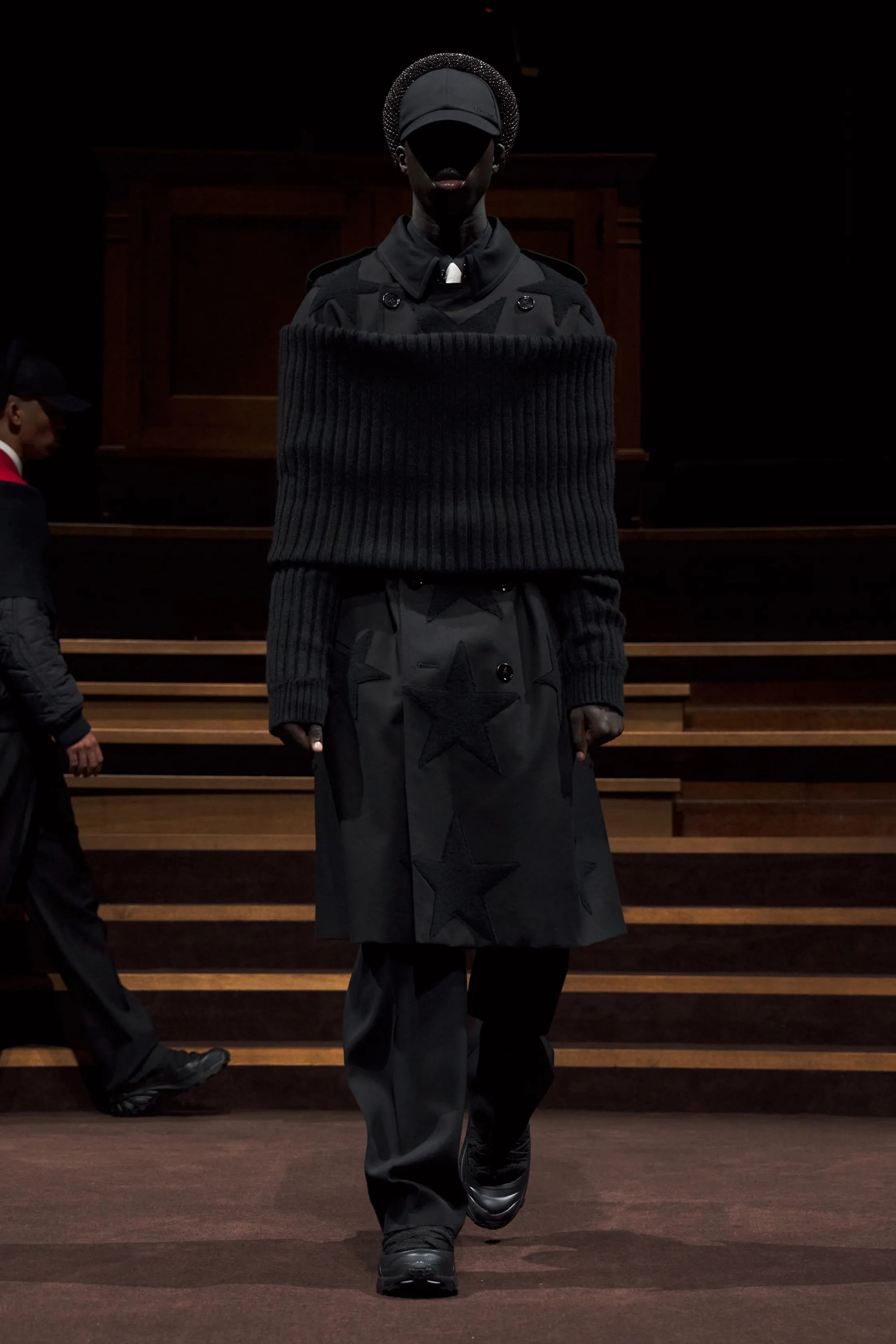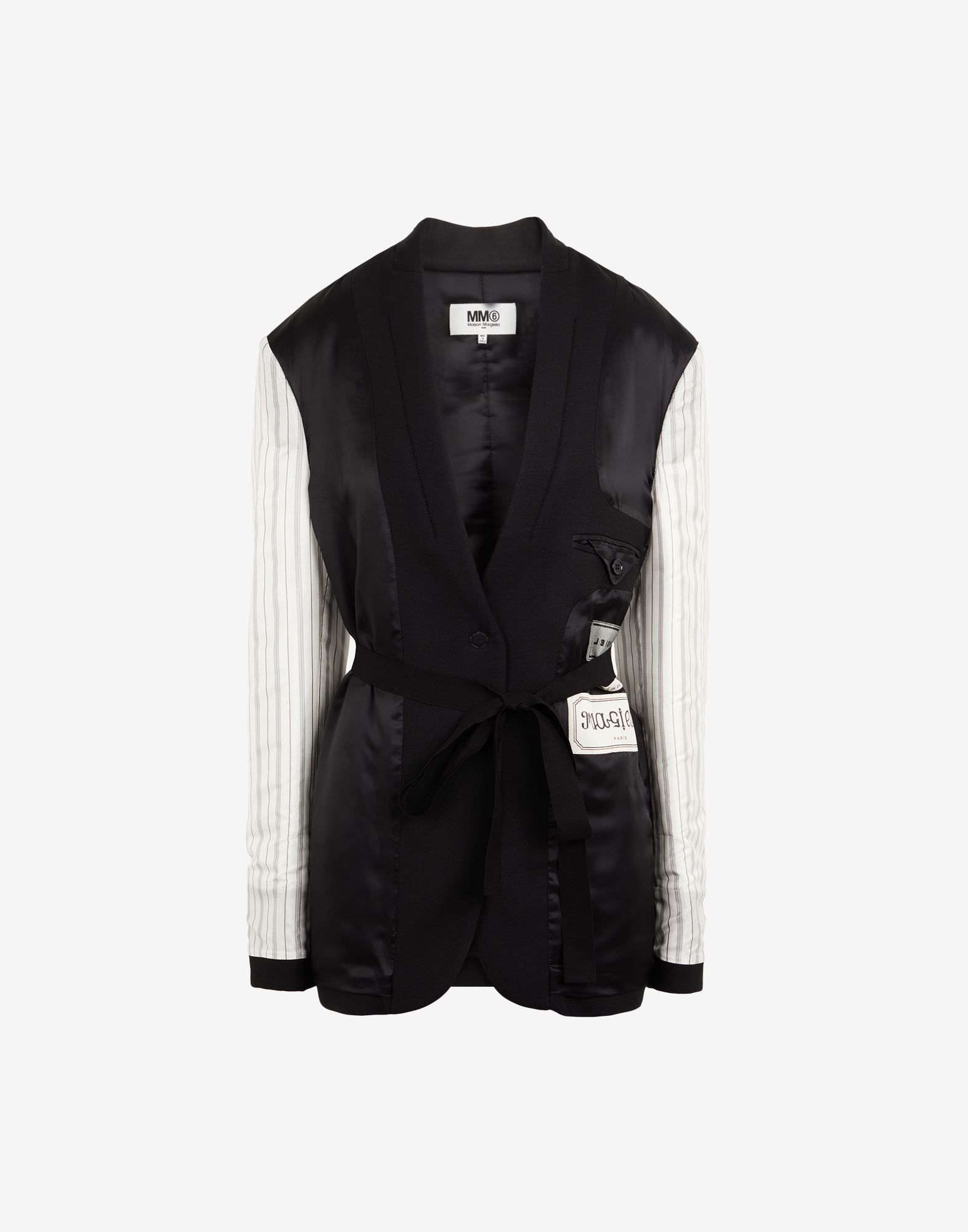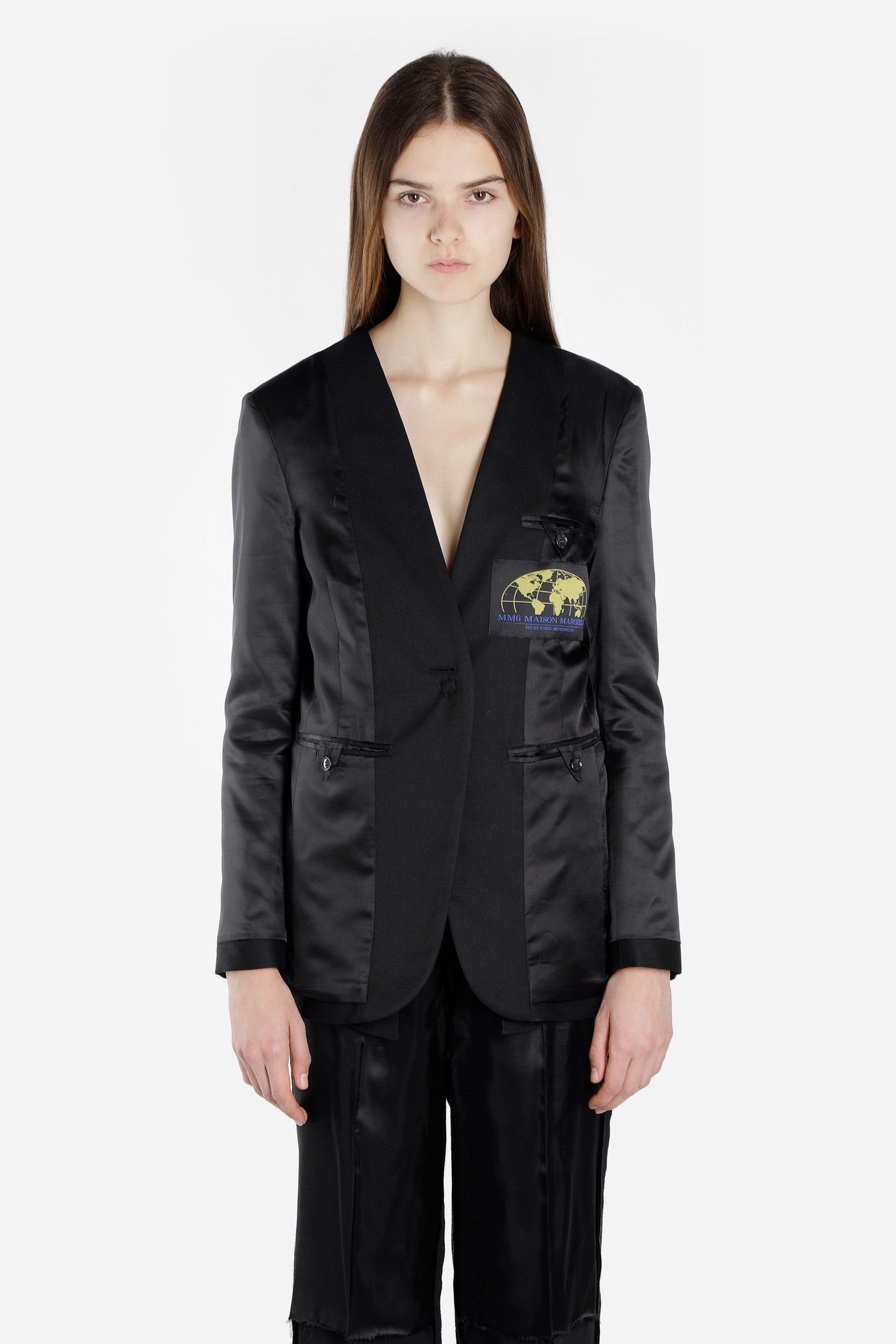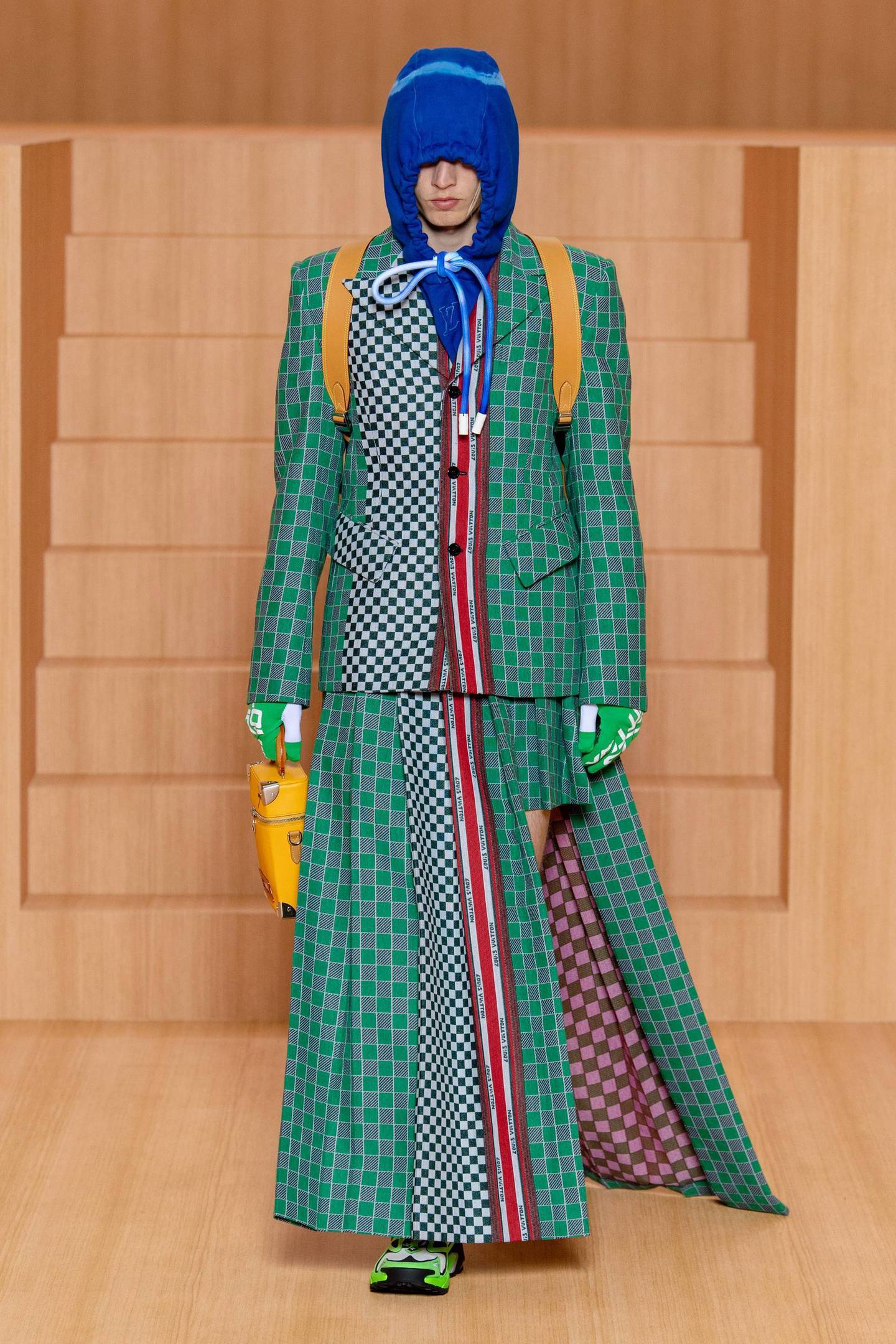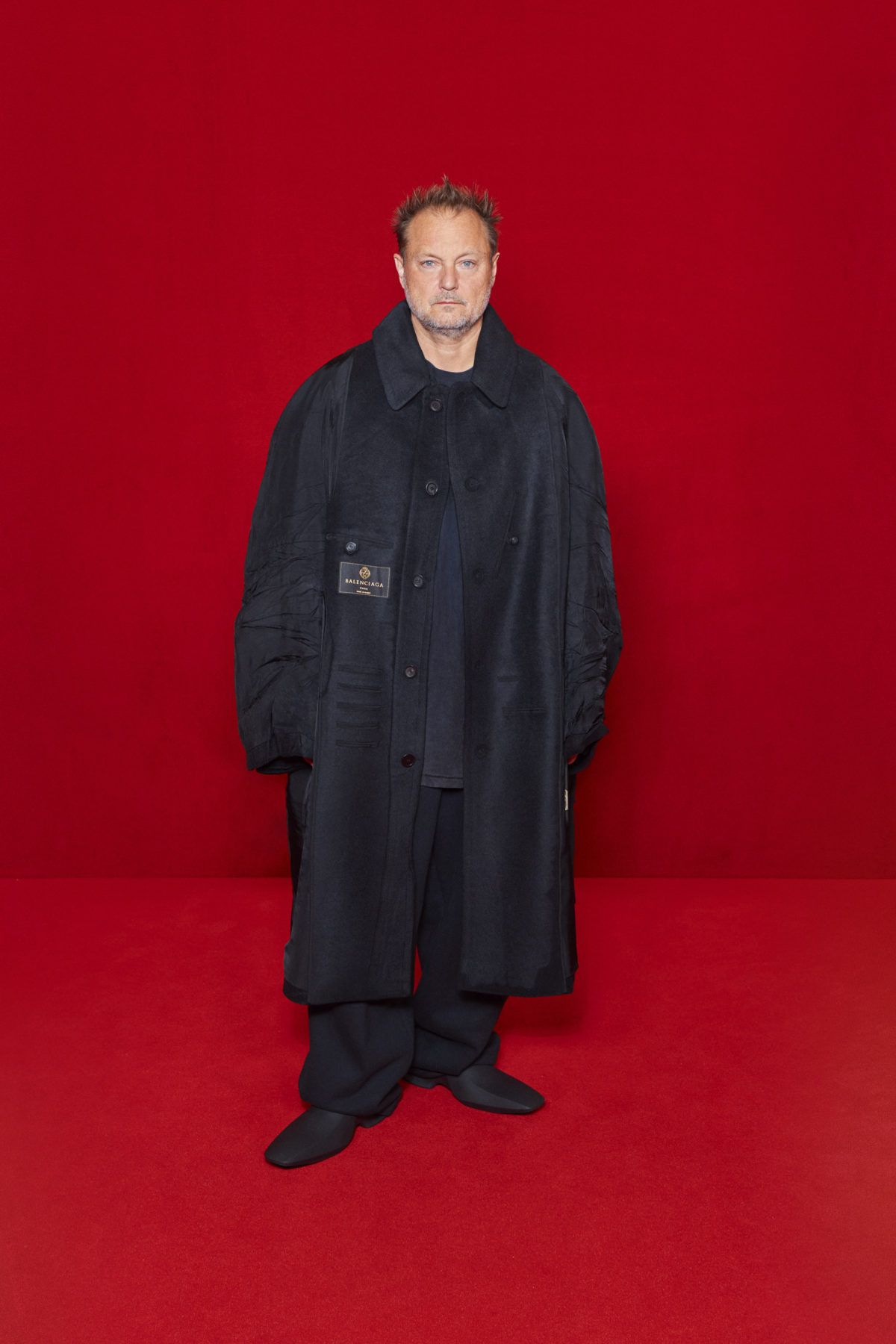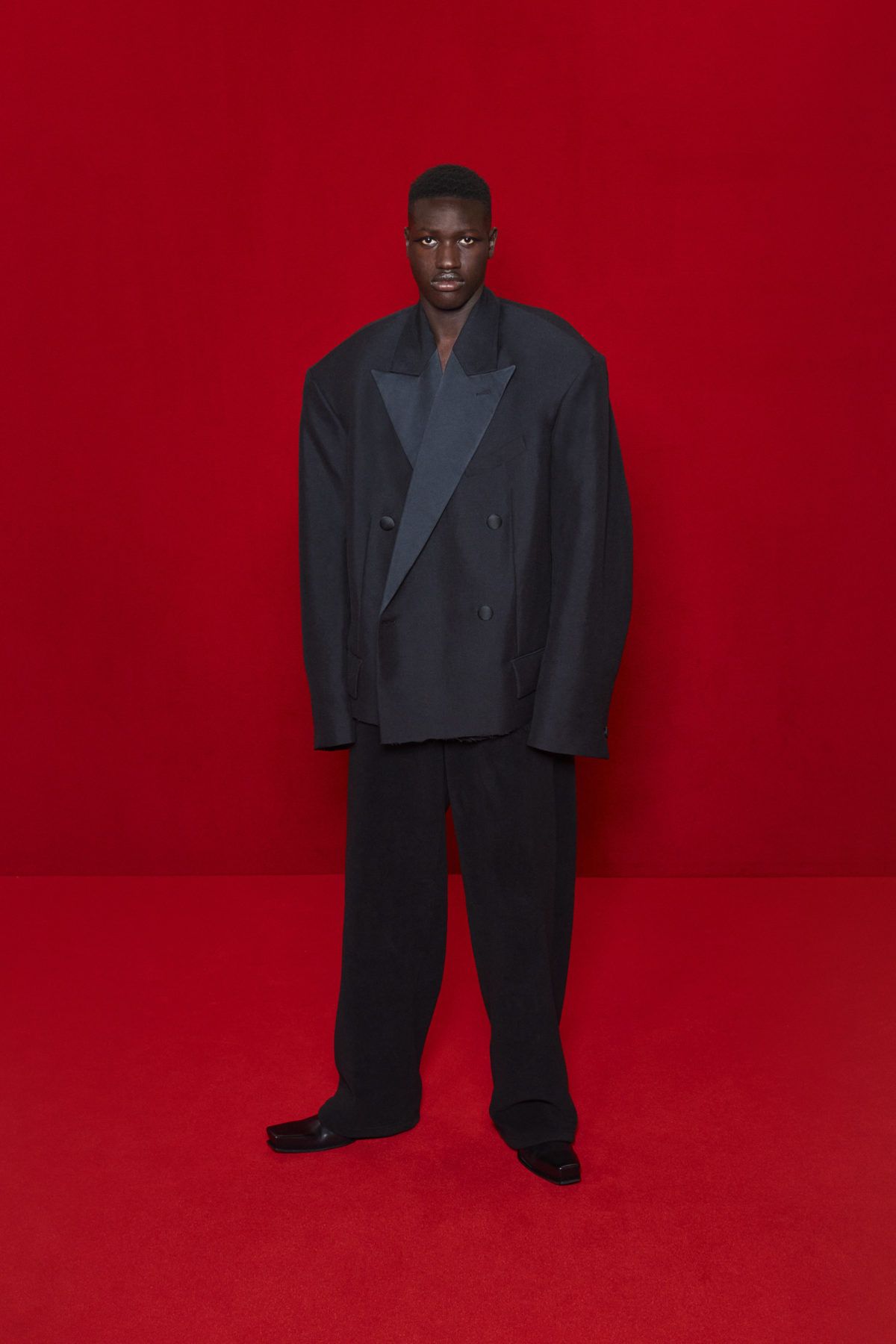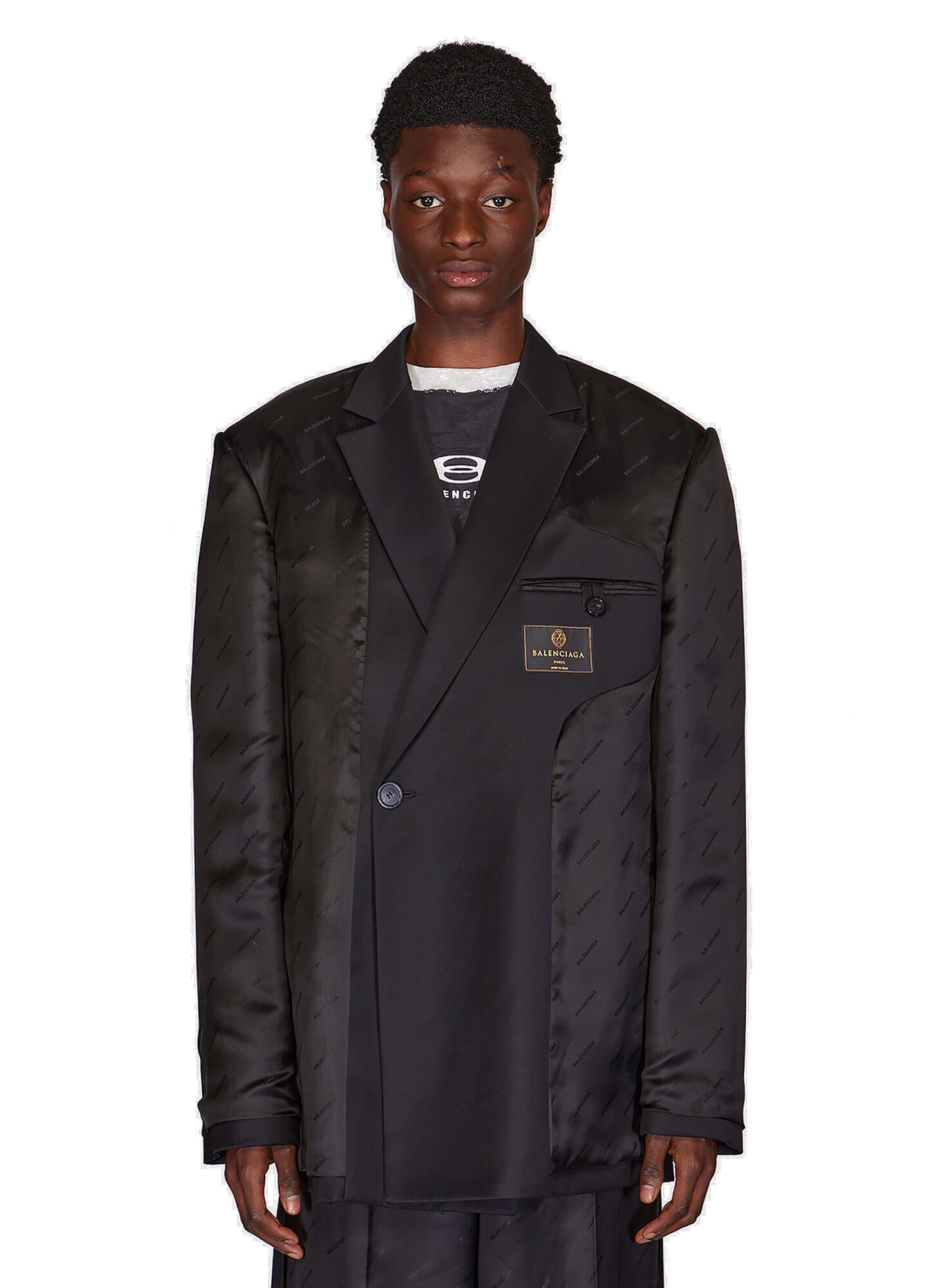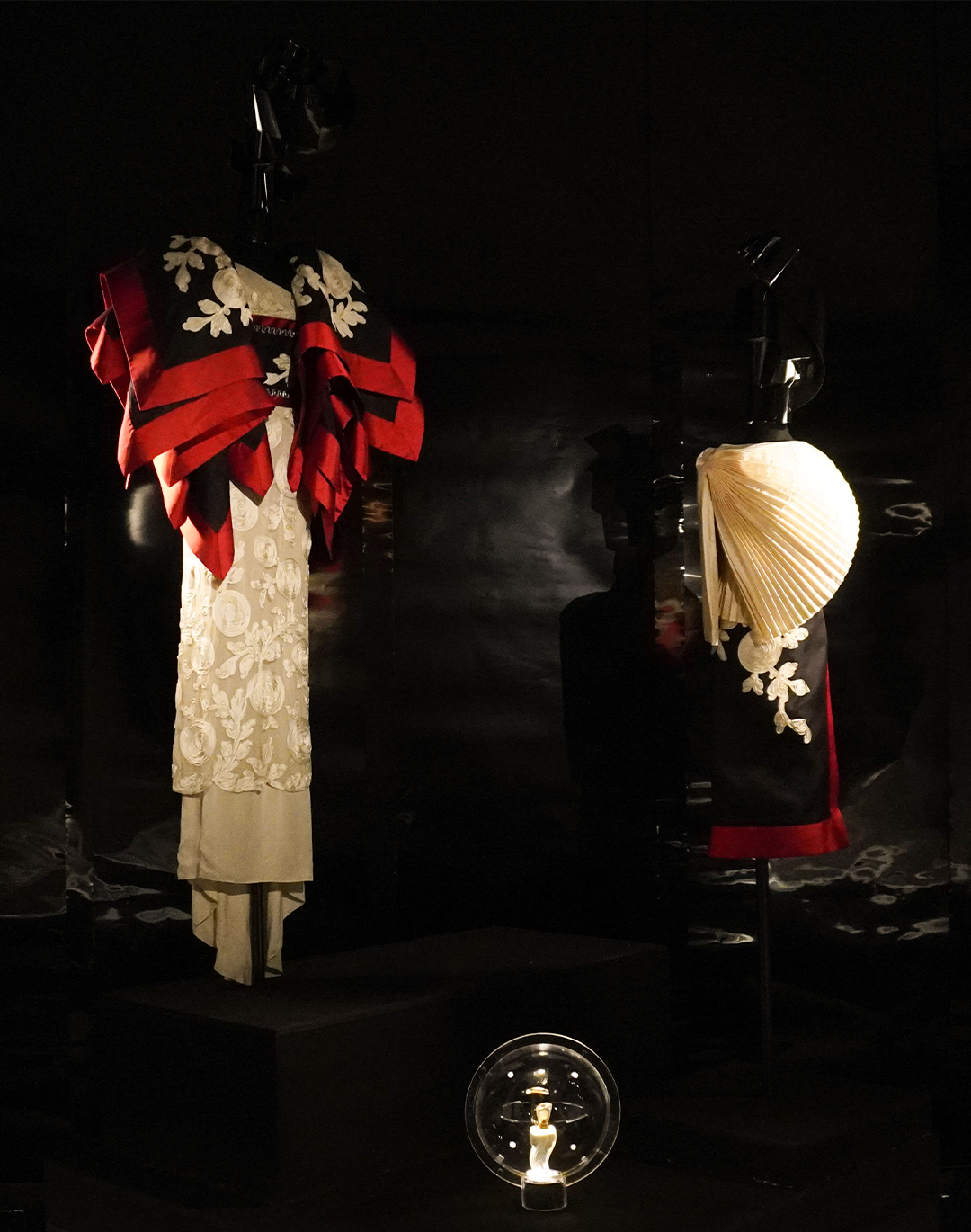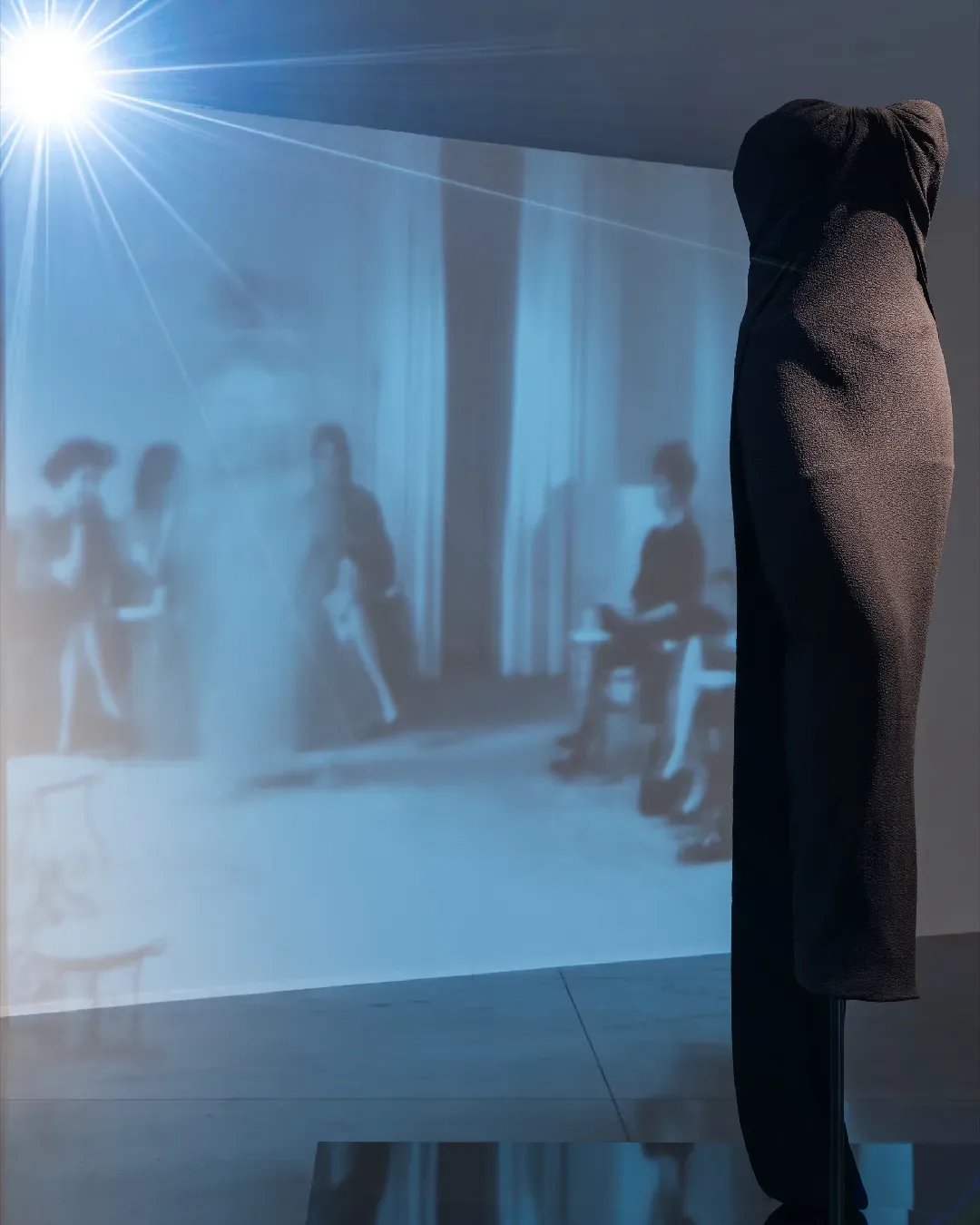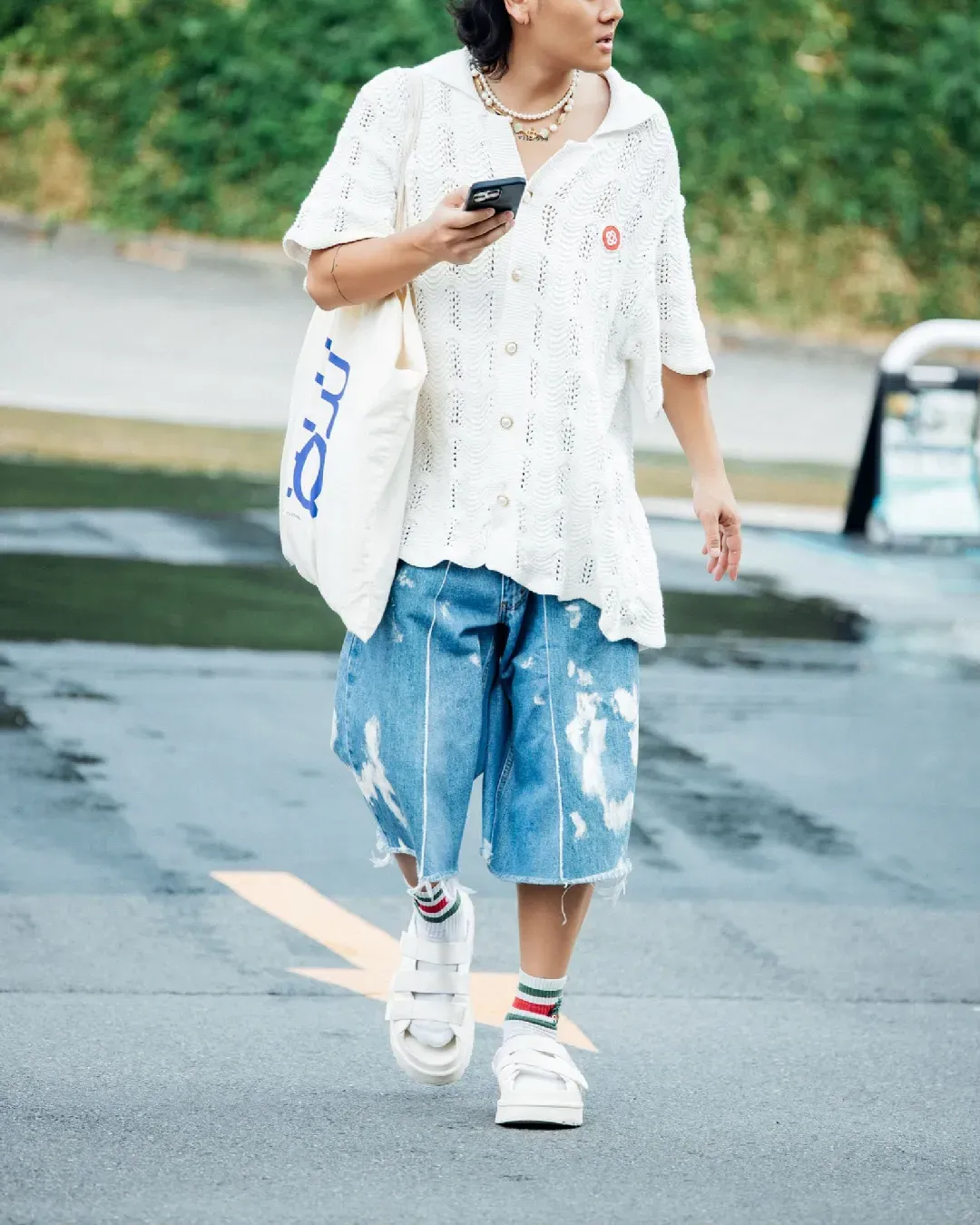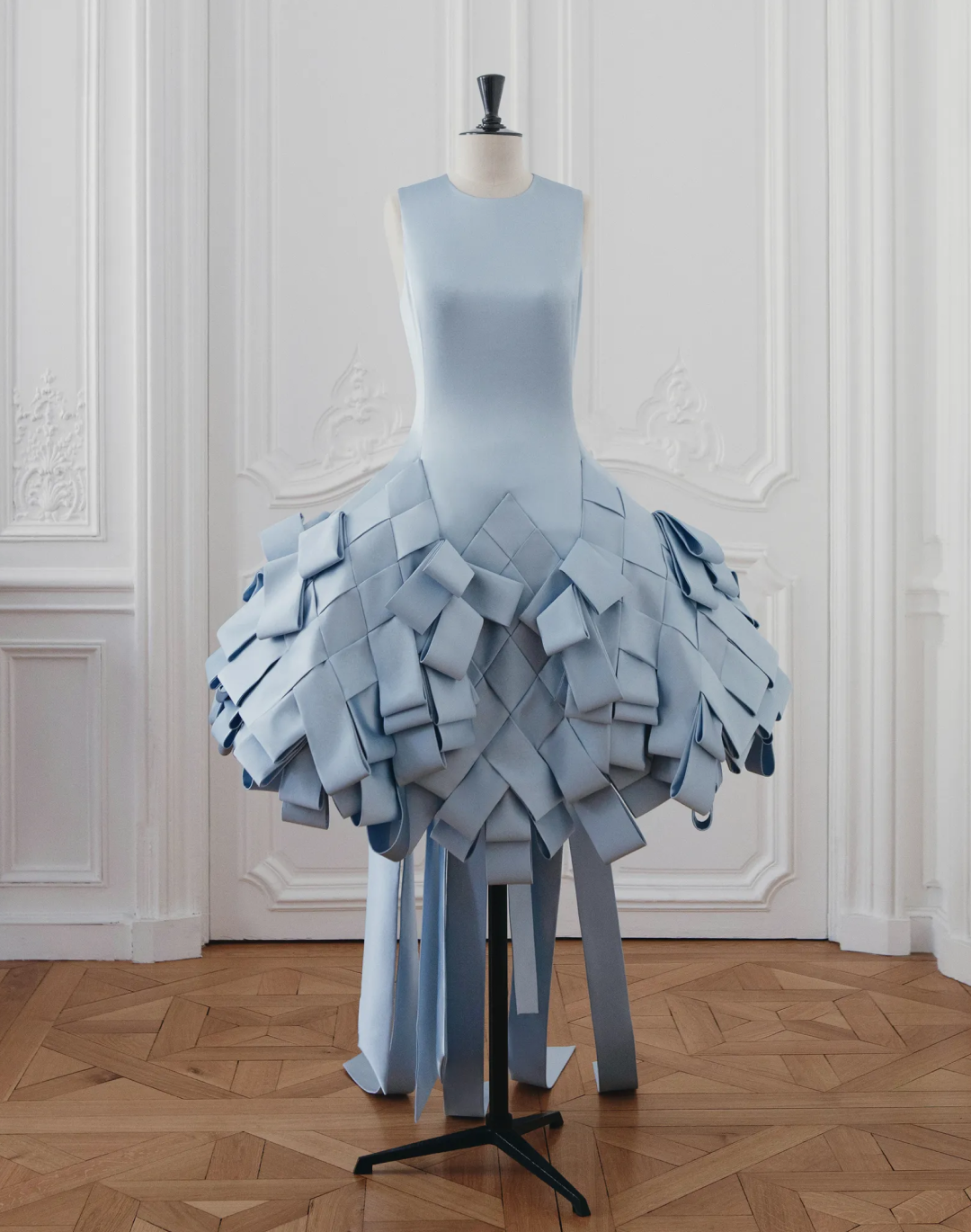
How fashion overturned tailoring From Balenciaga's deconstruction of tailoring to Dior's reinterpretation
Although streetwear has ushered in a wave of hoodies with prints and logos smeared on any surface, fashion has maintained an honorable mention for tailoring and its various declinations. The latest Dior Men Resort 2023 show opened with a reversible suit of sartorial interpretation - always declined in shades of Dior gray lately rediscovered by Kim Jones along with pastel hues - with a monogram and a reversed tie. The reframing of tailoring is something the creative director of Dior Men has had his eye on since 2019, when for FW19 he had already begun purloining Monsieur Dior's archive. An archive that, by DNA and chronological evolution, has come to terms with the lesson (accepted and then questioned) of streetwear and genderless.
Just as Demna at Balenciaga had begun-the debut was sanctioned by SS17-to have fun (in the etymological sense of the term) by putting into practice a real deformation of tailoring. There were sneakers, the ugly ones that deserve honorable mention among the 111 items curated by MoMA in New York, and the aesthetics of a world first to be subverted and then to be reconstructed. Balenciaga and Vetements have in fact succeeded, through a then not so thinly veiled demystification of fashion, in creating a kind of dystopian uniform designed for everyday wear. In troubled times fashion becomes bold, and in confused ones wardrobe items turn upside down and inside out, revealing new dimensions of design. And so label MM6 Maison Margiela, for the FW 21 show, had brought a reversible cape-back trench coat to the runway. Which Margiela Paris then repurposed in the collection in a single-breasted reversible suit in techno-wool, wearable with contrasting sleeves on the outside or as a block-colour look. On the net of a creative direction that is paying off, Riccardo Tisci at Burberry also managed to put on such an effective deconstruction work that he found precisely in reversibility the essence of a suit: dressing up. After several lockdowns and false promises-there was even a letter suggesting an exit from that toxic vortex made up of collection upon collection-the reversible suit could be read as the translation into fabric of a way of rethinking the body and clothing that intercepts a lifestyle design marked by recuperative practices rather than creative ones in the strict sense. That is to say, the reversible suit is capable of both paying homage to a brand's heritage and capturing the dress habits of an ever-defining present.
The reversible suit is a phenomenon that cannot be reduced to just the formal dress we are used to. Drawing now from the world of activewear now from the hard-to-predict paths of streetwear, the reversible suit reveals itself as a strategic form of clothing that allows the classic design associated with the tailored suit to be lightened, making it appealing even to a younger target audience that is less attached to uncomfortable formalisms. Over time we have seen it applied to a huge variety of items, ranging from suits to hoodies, going from simple aesthetic taste to a more practical one. The proliferation of trends-from the subversive basic to the cottagecore to the bloke core-on Tik Tok has caused the phenomenon to take on such scope that it deserves its own name, trendcore. That of the reversible suit, on the other hand, rather qualifies as a rethinking of aesthetic codes related to the dictates of tailoring and dress code. It is the reason why, most likely, the world of luxury will tend to invest precisely in that which is meant to last in time by accompanying it with a contemporary approach.











































